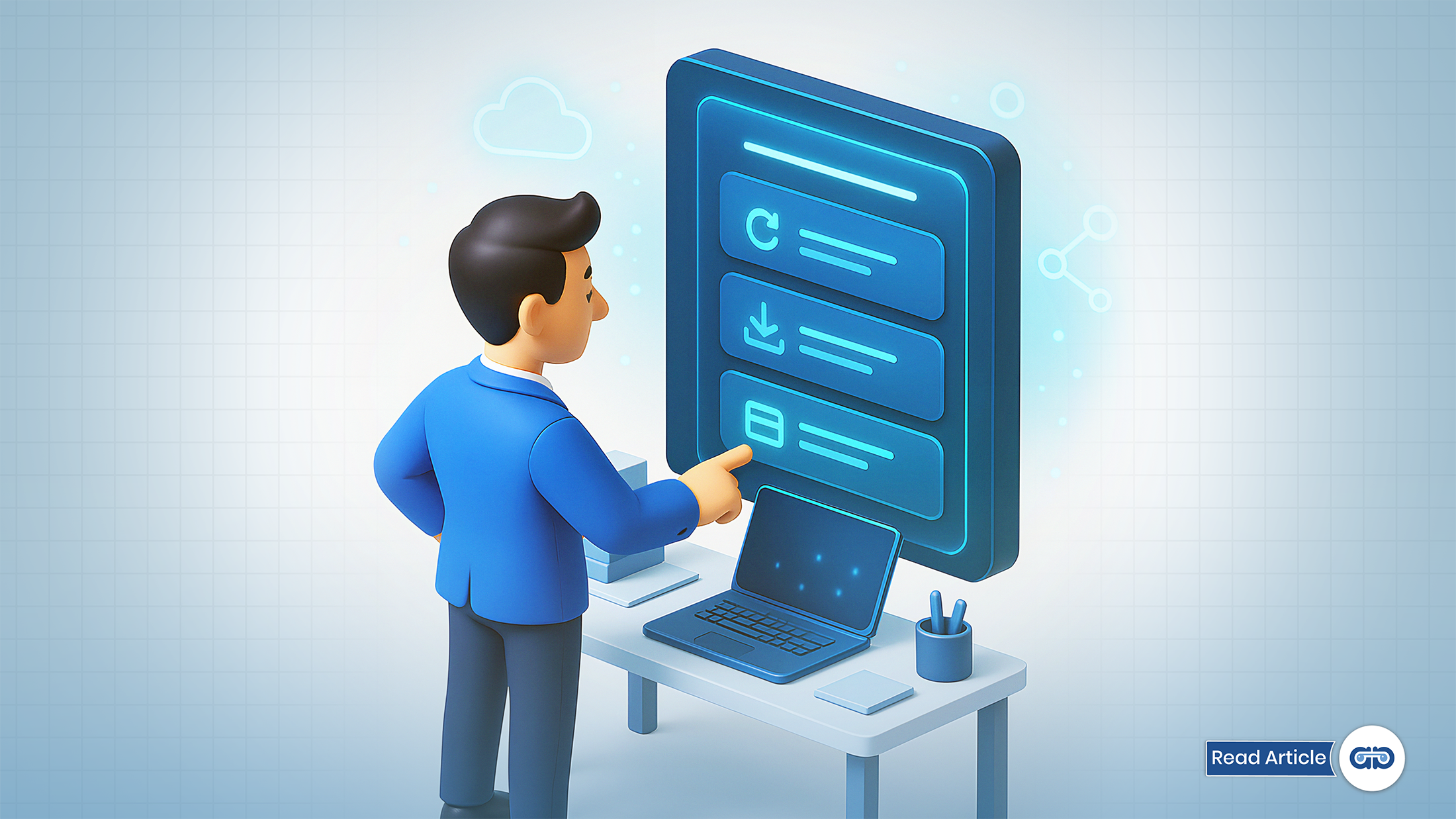Today’s employees and customers expect fast, seamless solutions to their problems. The days of waiting on hold for a support agent or waiting hours for IT tickets to be resolved are fading. Self-service knowledge bases have emerged as one of the most powerful tools to meet these expectations.
A knowledge base is more than a collection of articles. It’s a structured, searchable repository designed to empower users to find answers on their own. When built effectively, it reduces support load, boosts productivity, and creates a consistent user experience. But many organizations fail to unlock the full potential of their knowledge base because of poor design, outdated content, or lack of adoption strategies.
Let’s explore how to build self-service knowledge bases for maximum effectiveness, covering content quality, structure, technology integration, governance, and adoption.
Why Self-Service Knowledge Bases Matter
When designed well, self-service turns support from a reactive function into a proactive, always-available resource.
Faster Problem Resolution
Employees and customers want instant solutions. A well-designed knowledge base allows them to quickly search and resolve issues without waiting for human intervention.
Reduced Support Burden
By deflecting common, repetitive queries from IT helpdesks or customer service teams, knowledge bases free support staff to focus on complex, high-value tasks.
Consistency of Information
When information comes from a centralized source, every employee or customer receives the same, accurate solution. This avoids the confusion caused by informal, inconsistent answers.
Cost Savings
Every resolved query through self-service reduces the cost of live support interactions. At scale, this translates into substantial operational savings.
Foundations of an Effective Knowledge Base
A well-structured knowledge base is a tool that drives efficiency, reduces repeated questions, and empowers users to find answers quickly. Getting the foundations right ensures it delivers real value, rather than becoming a confusing archive of information.
Clear Purpose and Scope
Before building a knowledge base, organizations must define its purpose. Is it primarily for employees (IT support, HR policies, internal tools), customers (product FAQs, troubleshooting), or both? Scope clarity ensures the knowledge base doesn’t become a cluttered mix of unrelated content.
Audience-Centric Design
The knowledge base should reflect the language, needs, and technical proficiency of its target users. For example, an internal IT knowledge base might include step-by-step guides with screenshots, while a customer-facing base might use simplified explanations and video tutorials.
Content in a Knowledge Base
Structured and Actionable Articles
Effective knowledge base articles are concise, well-structured, and actionable. Each article should solve one problem clearly, avoiding jargon and irrelevant details. Standard templates (problem, cause, solution and additional resources) ensure uniformity across articles.
Use of Multimedia
Text-only guides often fail to engage users. Screenshots, diagrams, and short instructional videos make content easier to understand, especially for complex troubleshooting.
Search Optimization
Articles must be written with keywords and phrases users actually search for. Including synonyms and natural language queries ensures higher findability.
Continuous Updates
A stagnant knowledge base loses trust quickly. Content should be reviewed and updated regularly to ensure accuracy, especially after system upgrades, policy changes, or new product releases.
Structuring Self-Service Knowledge Base for Maximum Effectiveness
A knowledge base only works if people can actually use it. Organizing content clearly and intuitively makes finding answers fast, effortless, and reliable.
Categorization and Tagging
A chaotic knowledge base discourages use. Clear categories (like “Password & Access,” “Software Requests,” “Troubleshooting,” etc.) combined with smart tagging ensure content is discoverable both through browsing and searching.
Powerful Search Functionality
Search is the gateway to the knowledge base. Features such as auto-suggestions, typo tolerance, and filters make it easier for users to find relevant content in seconds.
Hierarchical Organization
Frequently asked or high-priority issues should appear prominently at the top. Less common or specialized topics can be placed deeper in the structure, ensuring users don’t feel overwhelmed.
Cross-Linking Articles
Many issues are interrelated. Linking relevant articles helps users explore connected content and prevents knowledge silos.
Technology and Integration
Knowledge-Centered Service (KCS) Alignment
Adopting KCS principles ensures knowledge bases evolve organically through real user queries. Support agents contribute new articles as part of their workflow, keeping the system current and user-driven.
Integration with ITSM and Support Tools
Knowledge bases should integrate directly into IT service management platforms, AI Assistants, or CRM systems. For example, when a user opens a ticket, the system should suggest related knowledge base articles automatically.
AI-Powered Enhancements
Modern knowledge bases use AI to improve search accuracy, analyze user behavior, and even auto-generate draft articles. AI can also recommend relevant solutions based on a user’s profile or past queries.
Accessibility Across Devices
Employees and customers increasingly access support through mobile devices. A responsive knowledge base with intuitive navigation ensures usability across desktops, tablets, and smartphones.
Final Say
Self-service knowledge bases are strategic assets that shape employee productivity, customer satisfaction, and operational efficiency. As AI, natural language processing, and automation continue to evolve, knowledge bases will shift from static repositories to dynamic, context-aware systems that predict user needs and provide proactive solutions.
Organizations that build knowledge bases with clear governance, high-quality content, and seamless integration into workflows not only reduce support costs but also create empowered users who solve problems independently. In the future of work, maximum effectiveness will belong to knowledge bases that blend intelligence, accessibility, and continuous improvement.

